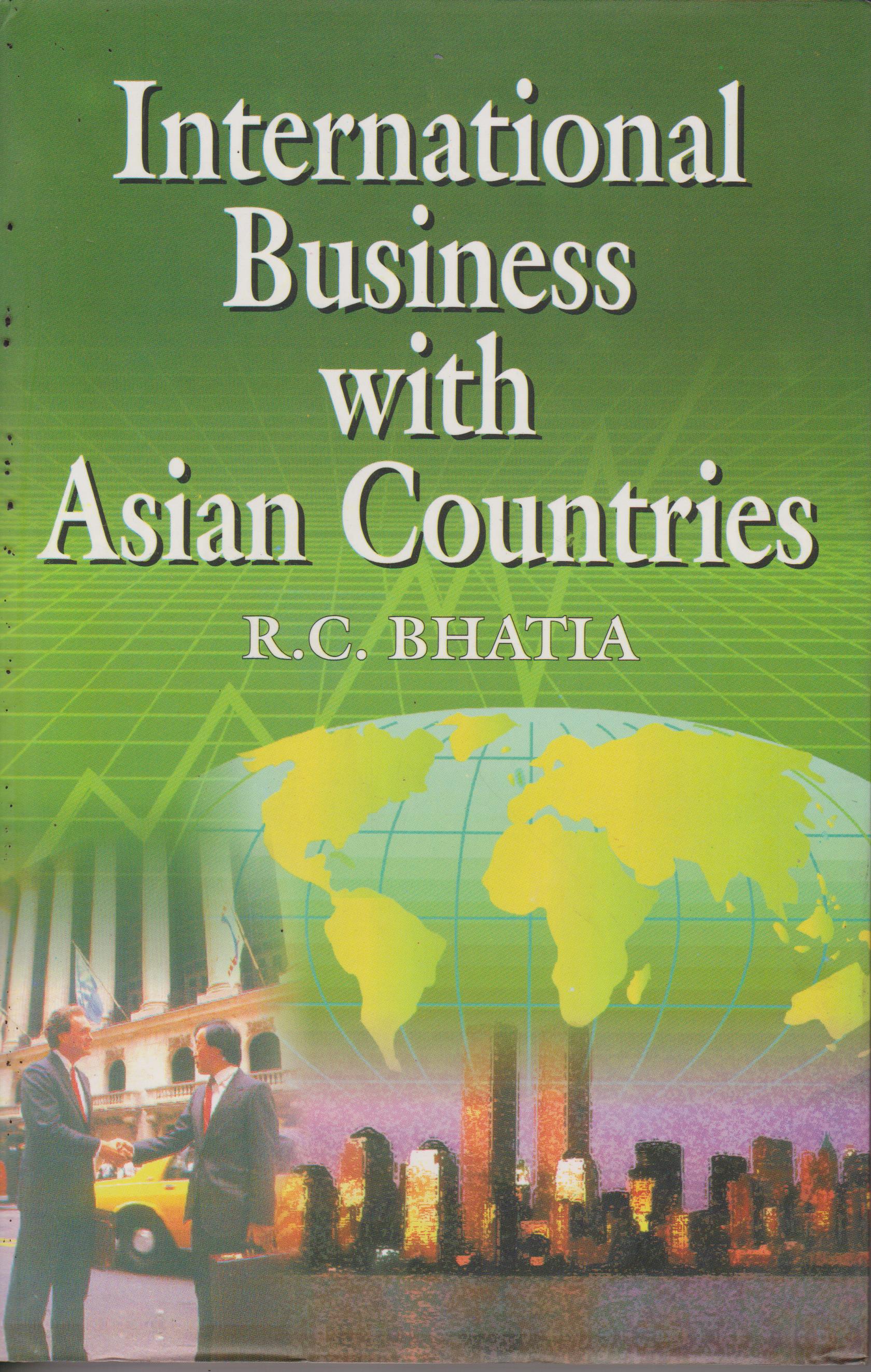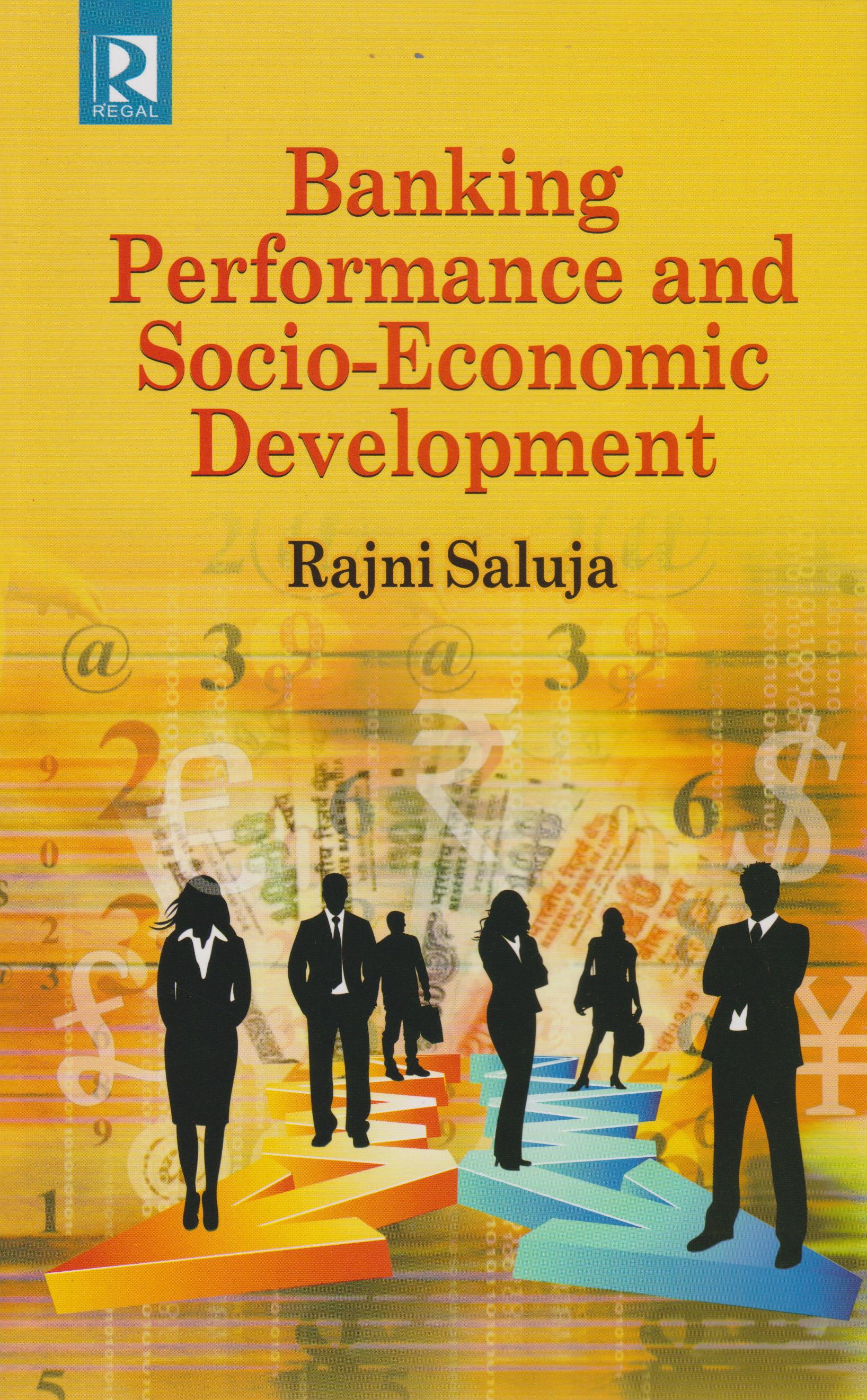Description
“International Business with Asian Countries” by R C Bhatia is a comprehensive guide that explores the intricate world of conducting business in Asian countries. As globalization continues to shape our economies, it has become increasingly vital for individuals and organizations to understand the unique cultural, economic, and political landscapes of Asian countries. This book provides valuable insights and practical strategies for navigating the challenges and opportunities that arise when engaging in international business ventures within the Asian context. Bhatia, an esteemed expert in international business and cross-cultural management, draws upon his extensive experience and research to deliver a detailed and insightful analysis.
In this book, Bhatia begins by setting the stage with an overview of the economic transformation of Asian countries and their growing significance in the global marketplace. He then delves into the core aspects of international business, including market entry strategies, negotiation techniques, supply chain management, and cultural considerations. The author’s expertise shines through as he offers practical advice and real-world examples to illustrate key concepts. By addressing the nuances of doing business in various Asian countries, Bhatia equips readers with the knowledge and tools necessary to succeed in these diverse and complex markets.
In the first section of the book, Bhatia provides a comprehensive overview of the economic landscape of Asian countries. He examines the factors that have contributed to their remarkable growth and transformation, such as rapid urbanization, technological advancements, and favorable government policies. By analyzing the unique characteristics of each country, the author highlights the opportunities and challenges that international businesses may encounter.
Moving forward, Bhatia delves into the essential aspects of international business with Asian countries. He explores market entry strategies, emphasizing the importance of thorough market research, understanding local consumer preferences, and adapting business models accordingly. The author emphasizes the need for flexibility and adaptability when entering Asian markets, as one-size-fits-all approaches are unlikely to yield success.
Furthermore, Bhatia delves into the intricacies of negotiation techniques within the Asian context. He emphasizes the significance of building trust, maintaining long-term relationships, and understanding cultural nuances during negotiations. Through case studies and practical examples, Bhatia illustrates effective negotiation strategies that can help businesses achieve mutually beneficial outcomes.
Supply chain management is another critical aspect explored in the book. Bhatia provides insights into the complexities of Asian supply chains and highlights the importance of building strong partnerships with suppliers. The author stresses the need for robust logistics and distribution networks to ensure efficient operations in the region.
Additionally, Bhatia dedicates a substantial portion of the book to cultural considerations when doing business in Asian countries. He explores the diverse cultural dimensions across Asian societies and how they impact business practices. By addressing topics such as communication styles, hierarchy, and decision-making processes, the author equips readers with a deeper understanding of cultural nuances and fosters cross-cultural competence.
Bhatia’s book stands out for its meticulous analysis and evaluation of the international business landscape in Asian countries. The author demonstrates a strong grasp of the subject matter and effectively communicates complex concepts in a clear and concise manner. The book strikes an excellent balance between theory and practice, providing readers with both theoretical frameworks and practical insights that can be applied in real-world business scenarios.
One of the book’s notable strengths is its emphasis on cultural considerations. Bhatia recognizes that culture plays a pivotal role in shaping business practices and offers a comprehensive exploration of cultural nuances across Asian countries. This aspect sets the book apart, as it equips readers with invaluable cultural intelligence that is crucial for successful business ventures in the region.
Another commendable aspect of Bhatia’s work is his inclusion of numerous case studies and real-world examples. These examples help illustrate the practical application of concepts and make the book engaging and relatable to readers. The author’s extensive research is evident, as he draws upon a wide range of industry sectors and Asian countries to provide a comprehensive analysis.
Furthermore, the book’s structure is logical and well-organized, allowing readers to navigate the content seamlessly. Each chapter builds upon the previous ones, creating a cohesive and comprehensive guide to international business with Asian countries. The inclusion of summary sections at the end of each chapter enhances the book’s usability as a reference guide.
When comparing “International Business with Asian Countries” to other books on the subject, it becomes evident that Bhatia’s work stands out for its depth and breadth of coverage. While there are other books that focus on specific aspects of doing business in Asian countries, such as negotiation or cultural considerations, Bhatia’s book provides a holistic view that encompasses multiple facets of international business.
Additionally, Bhatia’s book goes beyond surface-level analysis and delves into the specific characteristics of individual Asian countries. The author recognizes the heterogeneity within the region and tailors his insights accordingly. This level of specificity sets the book apart and makes it a valuable resource for individuals or organizations seeking to engage in business ventures in specific Asian countries.
Throughout the book, Bhatia highlights several key themes that emerge when conducting business in Asian countries. One recurring theme is the significance of building relationships and trust. Asian cultures place great importance on interpersonal connections, and establishing trust is vital for successful business interactions. Bhatia provides practical advice on building and maintaining relationships, emphasizing the need for long-term commitment and investment.
Another theme that emerges is the need for flexibility and adaptability. Asian markets are known for their dynamism and rapid changes, necessitating a flexible approach to business operations. Bhatia underscores the importance of continuously monitoring and adapting strategies to align with market trends and evolving consumer preferences.
Furthermore, the theme of cultural intelligence and cross-cultural competence runs throughout the book. Bhatia stresses the need for understanding and appreciating cultural differences, as they significantly impact business practices. By highlighting cultural nuances, the author enables readers to navigate the complexities of cross-cultural interactions and establish fruitful business relationships.
As a non-fiction book focused on international business, “International Business with Asian Countries” does not have specific characters or a narrative structure typically found in fiction. However, Bhatia’s expertise and extensive research lend credibility and authority to the text. The author’s experience and insights shape the content, presenting readers with a knowledgeable guide throughout their journey into the world of international business in Asia.
About the Author:
R C Bhatia, the author of “International Business with Asian Countries,” is an eminent expert in the field of international business and cross-cultural management. With a distinguished academic background and extensive industry experience, Bhatia brings a wealth of knowledge and expertise to his writing. He has conducted research, taught, and consulted in numerous countries, enabling him to gain deep insights into the challenges and opportunities presented by the Asian business landscape. Bhatia’s work has been widely recognized and acclaimed, cementing his position as a leading authority in the field.
Bhatia’s writing style is clear, concise, and accessible, making the book suitable for a wide range of readers. He explains complex concepts in a straightforward manner, ensuring that readers can grasp and apply the knowledge presented. The author’s use of real-world examples and case studies enhances the book’s practicality and makes it engaging to read.
Bhatia’s writing style also demonstrates a strong command of the subject matter. The content is well-structured, with each chapter seamlessly flowing into the next. The inclusion of headings, subheadings, and bullet points further enhances readability, allowing readers to navigate the material easily.
What People Say About This Book:
“International Business with Asian Countries” has garnered praise from readers and experts alike. Business professionals and academics have commended the book for its comprehensive coverage of the Asian business landscape and its practical insights. Many have lauded Bhatia’s ability to distill complex concepts into accessible language, making the book valuable for both experienced practitioners and those new to the field of international business.
Readers have found the book to be a valuable resource, providing them with a deeper understanding of the unique challenges and opportunities presented by Asian markets. The real-world examples and case studies have been particularly appreciated, as they offer practical illustrations of the concepts discussed.
- Comprehensive coverage of international business in Asian countries
- In-depth analysis of economic, cultural, and political landscapes
- Practical insights and strategies for market entry, negotiation, and supply chain management
- Extensive exploration of cultural considerations and cross-cultural competence
- Clear and accessible writing style, with real-world examples and case studies











Reviews
There are no reviews yet.